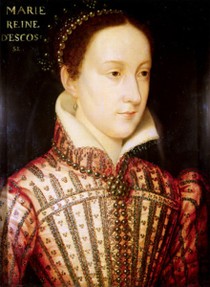 At one point it was considered that Mary had murdered her own husband. Mary was supposed to have been at Kirk o’ Field with her husband but was at her Holyroodhouse Palace bed instead. She was half asleep when the explosion went off and her ladies were there as alibis for her whereabouts. In fact, she asked her ladies what was going on, believing a cannon had fired.
At one point it was considered that Mary had murdered her own husband. Mary was supposed to have been at Kirk o’ Field with her husband but was at her Holyroodhouse Palace bed instead. She was half asleep when the explosion went off and her ladies were there as alibis for her whereabouts. In fact, she asked her ladies what was going on, believing a cannon had fired.
Despite having an alibi, rumors spread that she had something to do with her husband’s murder. It was not a happy marriage and Darnley had murdered Mary’s private secretary almost a year before. There were also rumors that she was having an affair with one of her courtiers James Hepburn, the Earl of Bothwell, and he was implicated in the plot. She married him just 40 days later, but claimed that he had raped her and forced her into marriage.
When Bothwell told her of her husband’s death, Mary was visibly shaken and started to fear for her own life. It was the sign of a woman who had nothing to do with the plot to remove her husband from power. She started to believe that she was the intended victim as she had spent a couple of nights beforehand with her husband at Kirk o’ Field. She would have been there that night but she had been reminded of a previous engagement at Court. The Queen feared the conspirators really wanted her dead, so they could take her son and rule for him.
Whether or not she had anything to do with her husband’s murder, the court eventually turned against her and it was just a few months later that she abdicated her throne and her son, James, became King of Scotland.


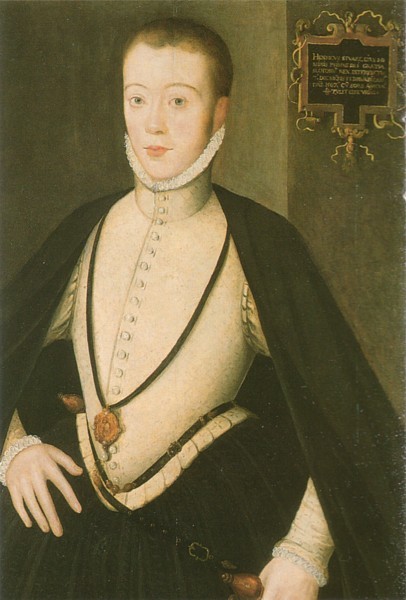
 At one point it was considered that Mary had murdered her own husband. Mary was supposed to have been at Kirk o’ Field with her husband but was at her Holyroodhouse Palace bed instead. She was half asleep when the explosion went off and her ladies were there as alibis for her whereabouts. In fact, she asked her ladies what was going on, believing a cannon had fired.
At one point it was considered that Mary had murdered her own husband. Mary was supposed to have been at Kirk o’ Field with her husband but was at her Holyroodhouse Palace bed instead. She was half asleep when the explosion went off and her ladies were there as alibis for her whereabouts. In fact, she asked her ladies what was going on, believing a cannon had fired.



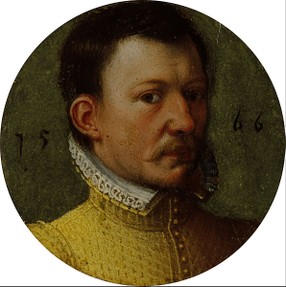 James Hepburn was thought to be having a relationship with the Queen. In fact, just months after Lord Darnley’s death, the two married but it was not a happy marriage. Some historians now suggest that Mary was forced into a relationship with Bothwell and married him more out of fear than anything else.
James Hepburn was thought to be having a relationship with the Queen. In fact, just months after Lord Darnley’s death, the two married but it was not a happy marriage. Some historians now suggest that Mary was forced into a relationship with Bothwell and married him more out of fear than anything else.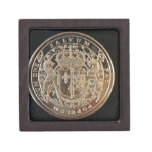
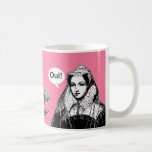




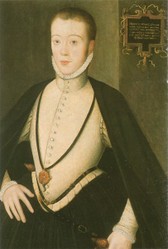

 Alternate History: What If Mary I Had a Child?on 01/26/2015
Alternate History: What If Mary I Had a Child?on 01/26/2015
 Francis II of France Dies: Mary, Queen of Scots Returns Homeon 12/05/2014
Francis II of France Dies: Mary, Queen of Scots Returns Homeon 12/05/2014
 Does Writedge Pay? Payment Proofon 12/03/2014
Does Writedge Pay? Payment Proofon 12/03/2014
 Alternate History: What If Lady Jane Grey Was Not Deposed?on 11/11/2014
Alternate History: What If Lady Jane Grey Was Not Deposed?on 11/11/2014

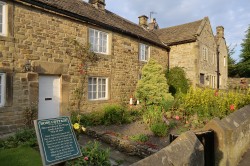
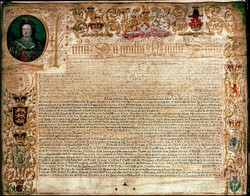
Comments